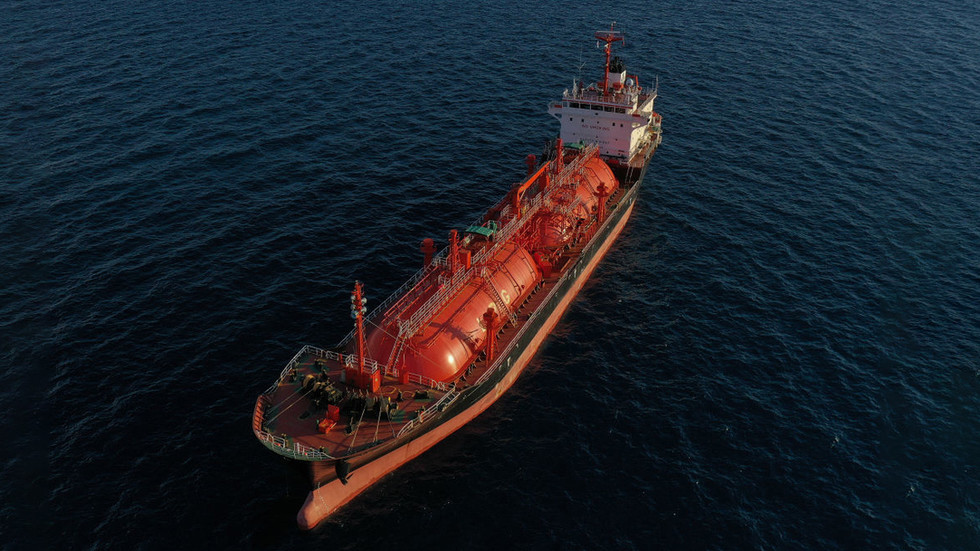The European Union (EU) is facing a precarious winter regarding its gas supplies, as it has increasingly replaced Russian pipeline gas with liquefied natural gas (LNG). The shift – prompted by escalating tensions stemming from the Ukraine conflict and subsequent sanctions on Russia – has raised concerns about the stability and reliability of the bloc’s energy imports. While current gas storages within the EU are reported to be full, the potential for supply disruptions looms large. Traders have warned that even a minor disturbance could trigger significant market fluctuations and chaos in gas availability, highlighting the intrinsic volatility of globally traded LNG.
As of now, Russia still accounts for about 5% of the EU’s gas imports through Ukraine’s transit network. However, an impending expiration of the transit agreement on December 31 raises further uncertainties. Ukrainian officials have maintained that an extension will not be granted, while Russian President Vladimir Putin has indicated a willingness to continue supplying gas through Ukraine if an agreement is reached. Energy experts point out that a combination of severe winter temperatures and a cessation of Russian gas flows could skyrocket European gas prices, exacerbating the continent’s energy crisis. With limited alternative pipeline options available, any disruption could require increased reliance on LNG imports, further complicating the EU’s energy strategy.
Moreover, the potential for escalating turmoil in the Middle East presents an additional layer of risk to Europe’s gas supply dynamics. The Strait of Hormuz, a critical maritime passage that facilitates 20% of global LNG supply, could become vulnerable due to ongoing tensions between Israel and Iran. Should the Strait be closed, the consequences for gas prices and availability could be severe, as Europe might struggle to secure comfortable storage levels ahead of future winters. The delicate balance of global gas supply hinges not only on European gas demand but also on geopolitical developments that could disrupt crucial supply routes.
The volatility in the gas market has already been echoed in rising European gas prices, which recently reached their highest levels of the year due to supply concerns, particularly following production outages in Norway. These market fluctuations underline the sensitivity of LNG prices to unexpected disruptions and conflicts. As traders highlight, the concern is not about running out of gas this winter, but rather the increasing difficulty in securing gas supplies at reasonable prices for the upcoming winter season. The reliance on LNG, while a necessary transition away from Russian energy sources, could prove to be a double-edged sword.
The implications of shifting from a consistent pipeline supply to a more unpredictable LNG market raise questions about the EU’s long-term energy resilience. The fundamental problem of dependence on volatile global markets for energy needs compromises the EU’s overall energy security. Although LNG provides a means to diversify gas supply, the fluctuations in prices and the potential for supply shortages create an atmosphere of uncertainty that can have far-reaching economic impacts. The current predicament compels EU leaders to reassess their energy policies and explore more robust strategies for ensuring energy stability in the face of grave geopolitical challenges.
In summary, the EU’s pivot to LNG as a partial substitute for Russian pipeline gas creates a precarious energy landscape marked by significant risks and uncertainties. The expiration of the transit agreement with Ukraine, potential disruptions arising from Middle Eastern conflicts, and the volatility of the global LNG market threaten to destabilize European gas supplies during the winter months. As prices soar amidst production outages and supply fears, the EU is confronted with a stark choice: either bolster its energy resilience through strategic partnerships and investments in alternative energy sources or risk compromising its energy security amid an increasingly fraught geopolitical environment.

